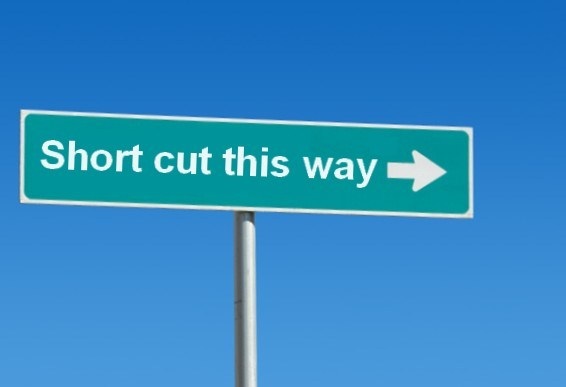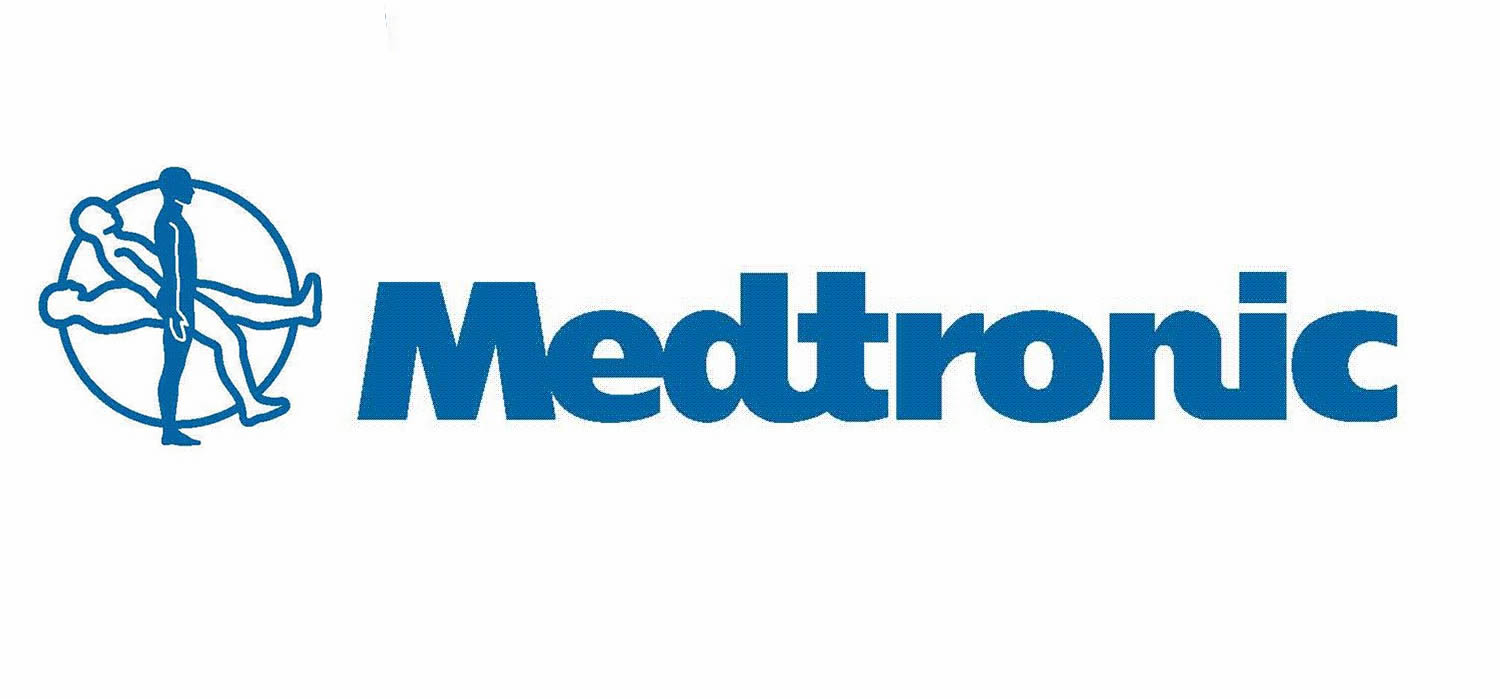Sometimes a really good speech (or presentation for that matter) is just like a great magic trick – extremely impressive and inspiring….until the magician exposes the secret of how s/he did it.
Barack Obama and John McCain’s presidential debates are great examples of this insight.
The video displays brilliant editing and is the best illustration we can give for correct and effective use of a primary message. For those of you who participated in our training sessions, and more specifically, in the session that speaks about the Primary Message, this next video is the a great example.
In a nutshell, your primary message is the bottom line you look for any time you deliver a message, formally and informally alike: general discussion around the dinner table, staff meetings, formal presentations, etc.
Your primary message is your key point – it is the conclusion you wish for those with whom you are speaking to reach or accept. It’s the short and concise answer to the basic questions your audiences want to know: What do you want? At times, as you will see in the following video, it can include a list of facts you want to emphasize, because they are likely to bring those with whom you are communicating your desired conclusion, especially when embedded in well-constructed arguments.
If you want to see how effective and important a primary message is, take a look at the following video, which is in fact a synchronization of all three presidential debates. This is how the experts do it!








Recent Comments